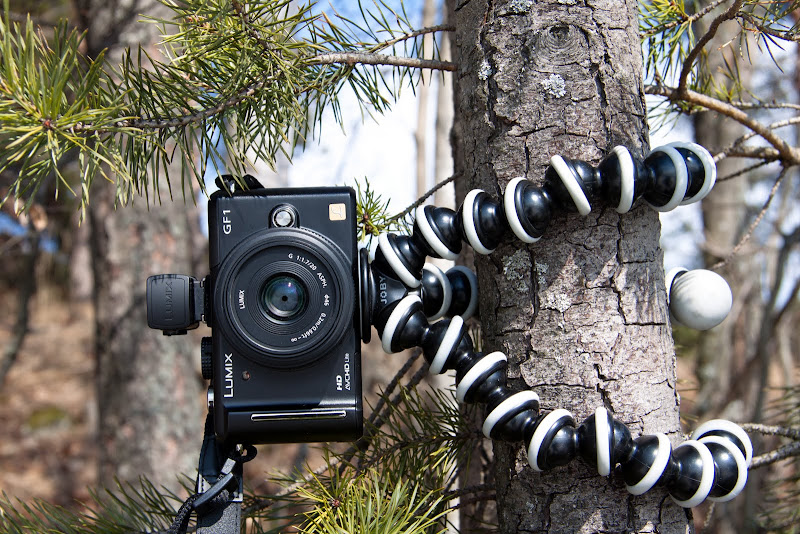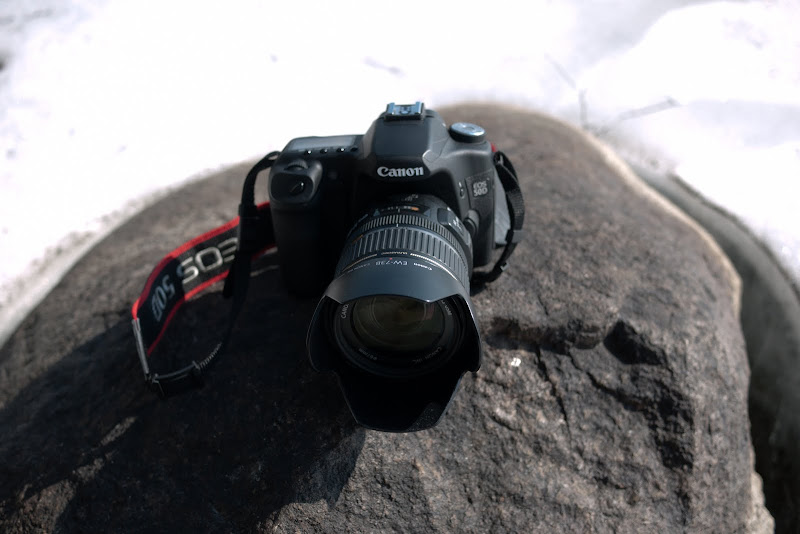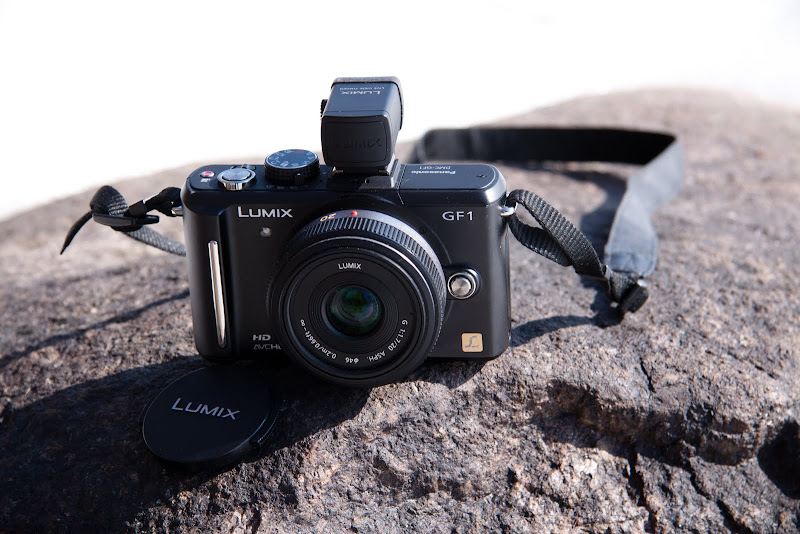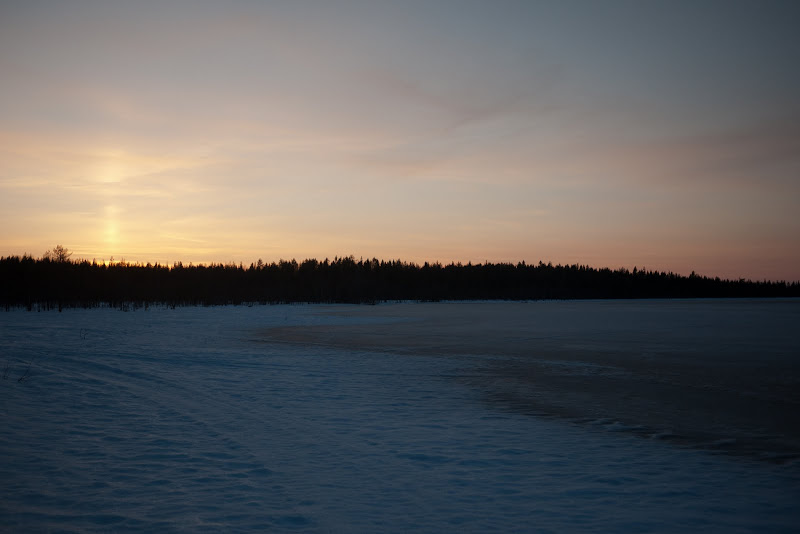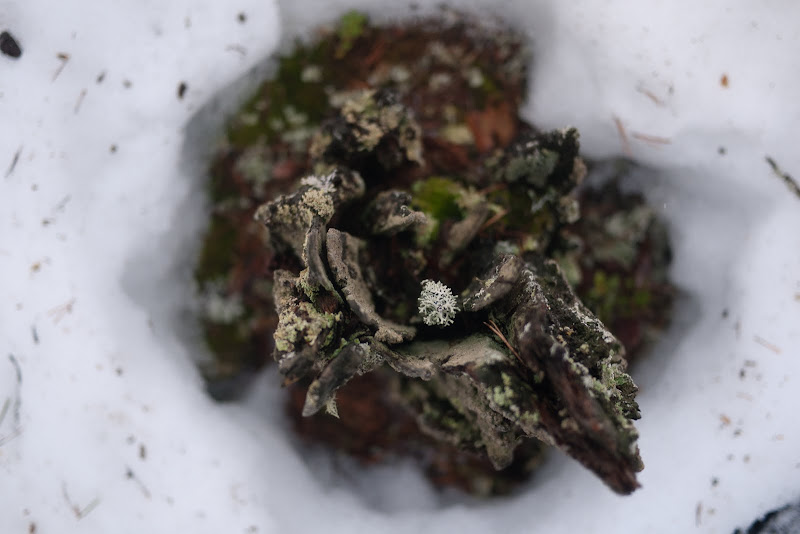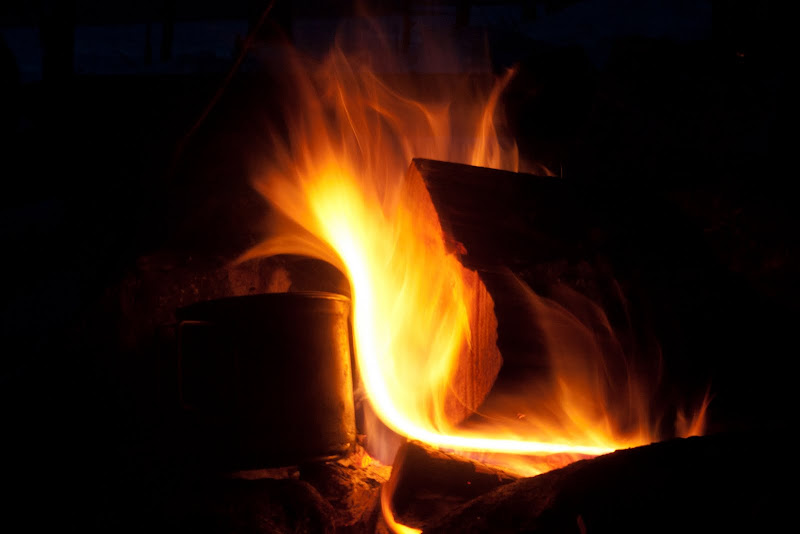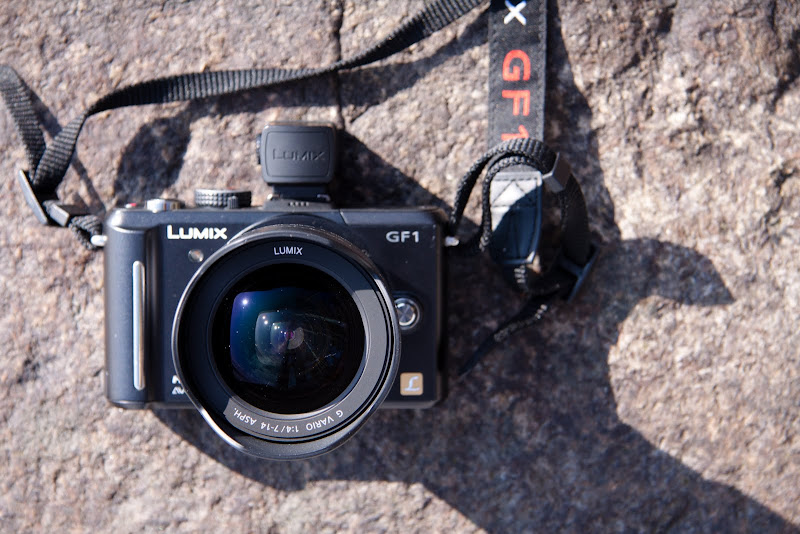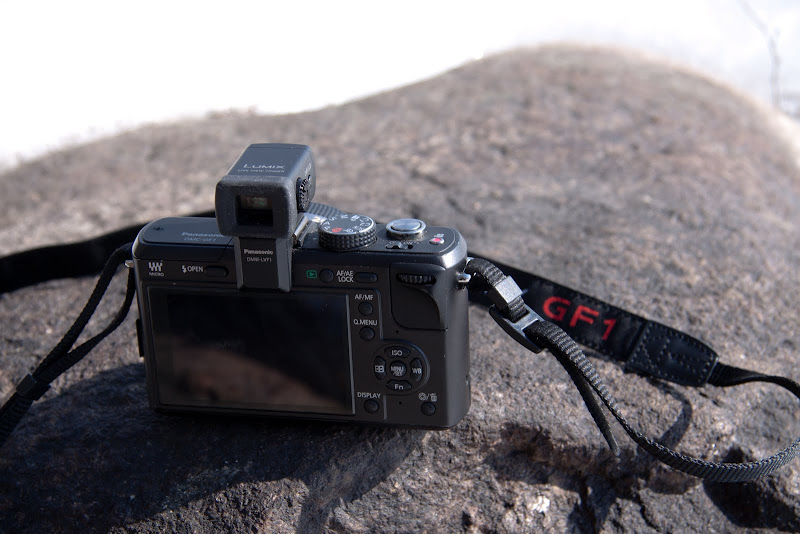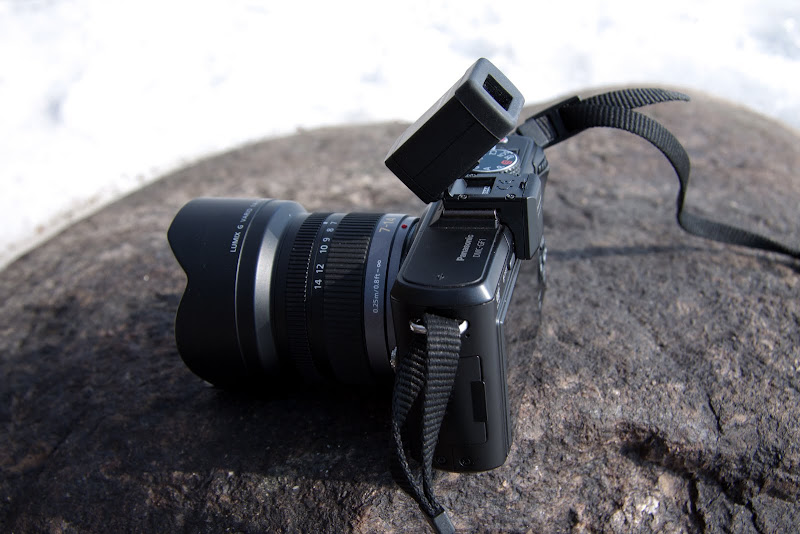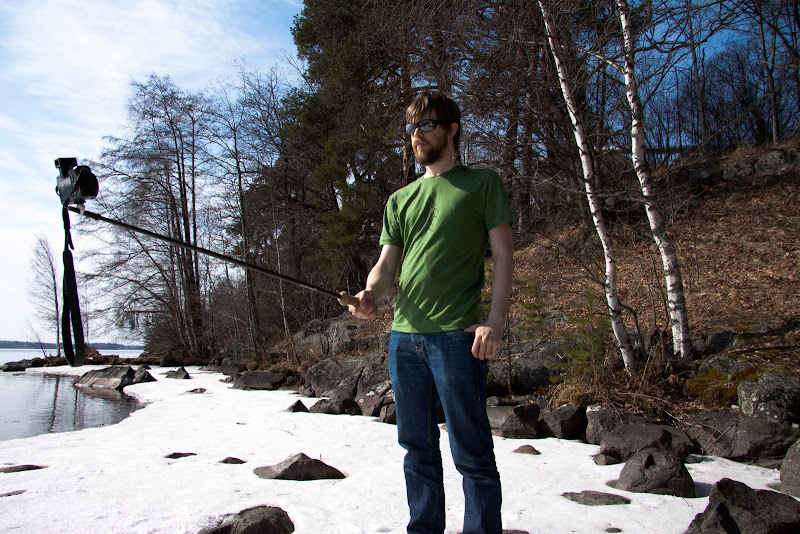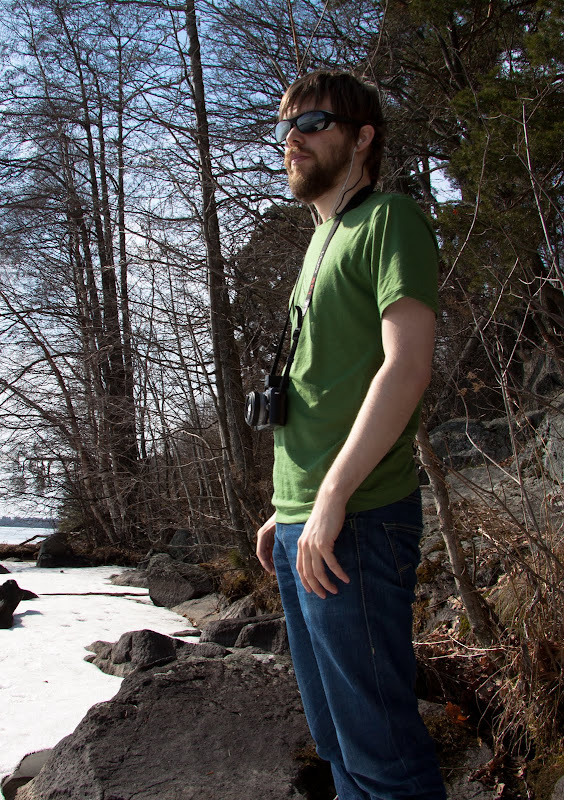In no way meant as a competitor to Dave's excellent "Fresh Outtakes" (subscribe if you haven't yet!), I'll start and post links to some articles and posts which were especially worthy in the past week. Updated each Sunday, looking back on the last week, starting today.
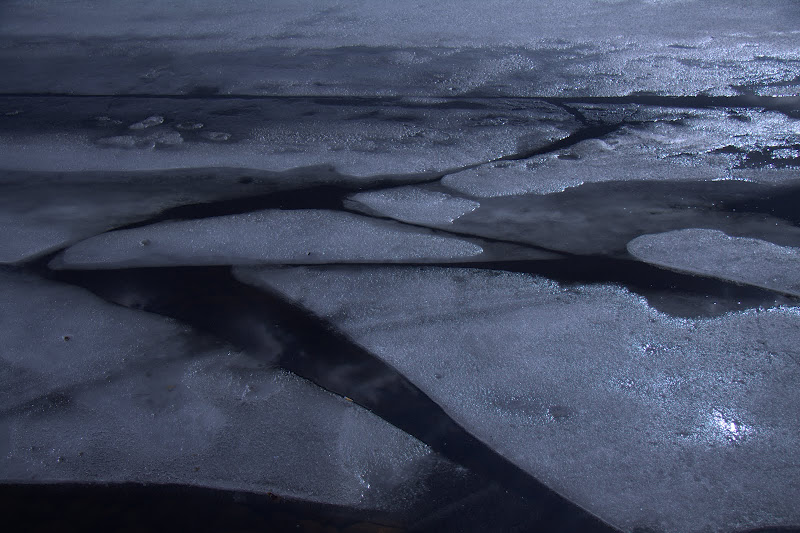
Phil Turner started the "The Local Adventure Project" and went for a wildcamp on an island.
Joe Newton from "Thunder In The Night" followed suit and climbed a local mountain, with a view across Bergen.
Eugene Smith from The Pain Cave went to walk the beautiful canyons and forded rivers with his mates in the lonely mesas of Gila.
Dave, the Armchair Adventurer, concluded his story of his skiing trip across Oyer Fjell in Norway, and also finally ;) sent the Scandinavian Mystery Box onward - looking forward to it!
Jörgen Johansson from Fjäderlätt posted his pack list of his one week trip across Sarek National Park in Sweden, well worth a look if you're into winter camping and still look to optimize your system.
Robin from blogpackinglight wrote his Carneddau trip up, Part One and Part Two.
Roger from Nielsen Brown Outdoors went on a 24 bivy trip to one his favourite areas in Denmark.
Finally, Dondo sums up his 24 trip to Beaver Creek Wilderness Study area, home of mountain lions, yucca and cacti.
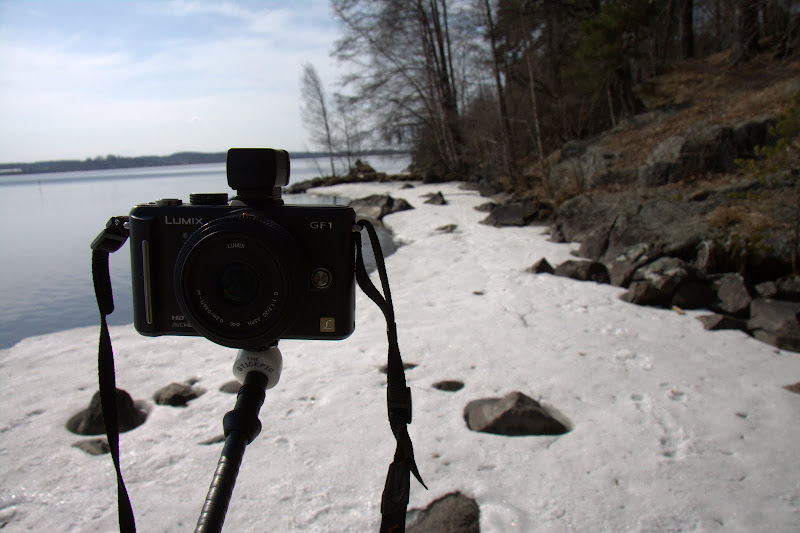
In the Gear Review department, Thomas from Going Lighter shared with us his Initial Review of the MBD Bongo HNC.
Petesy had a lot of stuff in for testing, though the Guyoutdesign bowls stood out as lightweight and compact.
Perkunas gave an old Billnäs 1133 axe a new life, very impressive.
Robin from Step by Step gives us a first look at the new Evernew alcohol stove, so if you like the Trangia stove head over and see what he says about this Titanium version.
Phil from Lightweight Outdoors also wrote an initial review on the GoLite Tumalo Pertex 2.5 Storm Jacket, so if you're in the market for something breathable for the summer, check out what he has to say about it.
I myself reviewed the Panasonic Lumix GF1 and reported how it performs in the field, and had a look at the 2010 MSR Hubba HP.
And in other news, James from Backpackingbongos, George aka Londonbackpacker and also Martin from Summit and Valley recently added a new look to their blogs, so go check them out if you only read them in your RSS feed!
For those on Twitter and who are always on the lookout for bargains, the Outdoor News Network keeps you up-to-date about bargains to be made at UK outdoor shops.

Phil Turner started the "The Local Adventure Project" and went for a wildcamp on an island.
Joe Newton from "Thunder In The Night" followed suit and climbed a local mountain, with a view across Bergen.
Eugene Smith from The Pain Cave went to walk the beautiful canyons and forded rivers with his mates in the lonely mesas of Gila.
Dave, the Armchair Adventurer, concluded his story of his skiing trip across Oyer Fjell in Norway, and also finally ;) sent the Scandinavian Mystery Box onward - looking forward to it!
Jörgen Johansson from Fjäderlätt posted his pack list of his one week trip across Sarek National Park in Sweden, well worth a look if you're into winter camping and still look to optimize your system.
Robin from blogpackinglight wrote his Carneddau trip up, Part One and Part Two.
Roger from Nielsen Brown Outdoors went on a 24 bivy trip to one his favourite areas in Denmark.
Finally, Dondo sums up his 24 trip to Beaver Creek Wilderness Study area, home of mountain lions, yucca and cacti.

In the Gear Review department, Thomas from Going Lighter shared with us his Initial Review of the MBD Bongo HNC.
Petesy had a lot of stuff in for testing, though the Guyoutdesign bowls stood out as lightweight and compact.
Perkunas gave an old Billnäs 1133 axe a new life, very impressive.
Robin from Step by Step gives us a first look at the new Evernew alcohol stove, so if you like the Trangia stove head over and see what he says about this Titanium version.
Phil from Lightweight Outdoors also wrote an initial review on the GoLite Tumalo Pertex 2.5 Storm Jacket, so if you're in the market for something breathable for the summer, check out what he has to say about it.
I myself reviewed the Panasonic Lumix GF1 and reported how it performs in the field, and had a look at the 2010 MSR Hubba HP.
And in other news, James from Backpackingbongos, George aka Londonbackpacker and also Martin from Summit and Valley recently added a new look to their blogs, so go check them out if you only read them in your RSS feed!
For those on Twitter and who are always on the lookout for bargains, the Outdoor News Network keeps you up-to-date about bargains to be made at UK outdoor shops.
